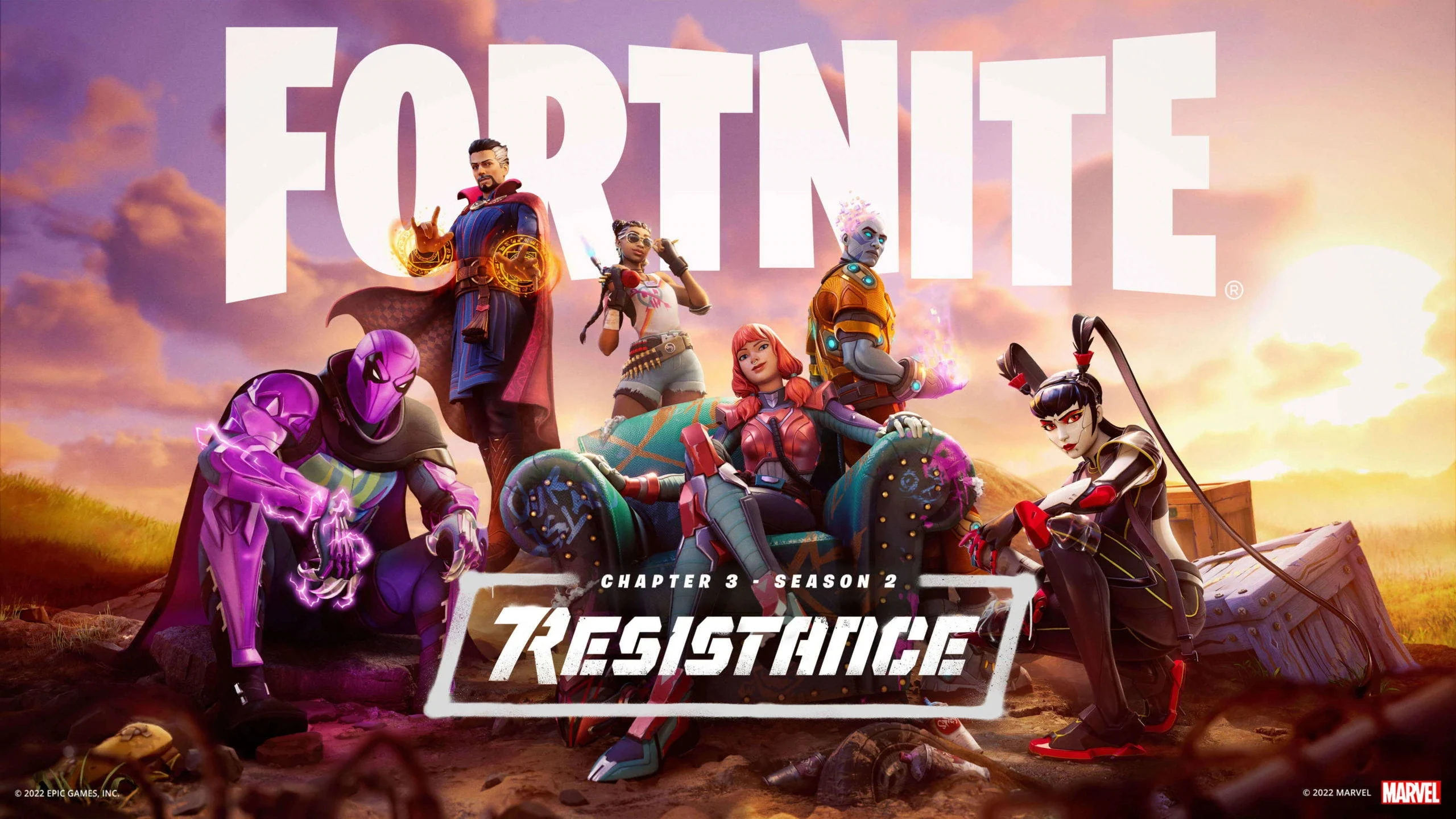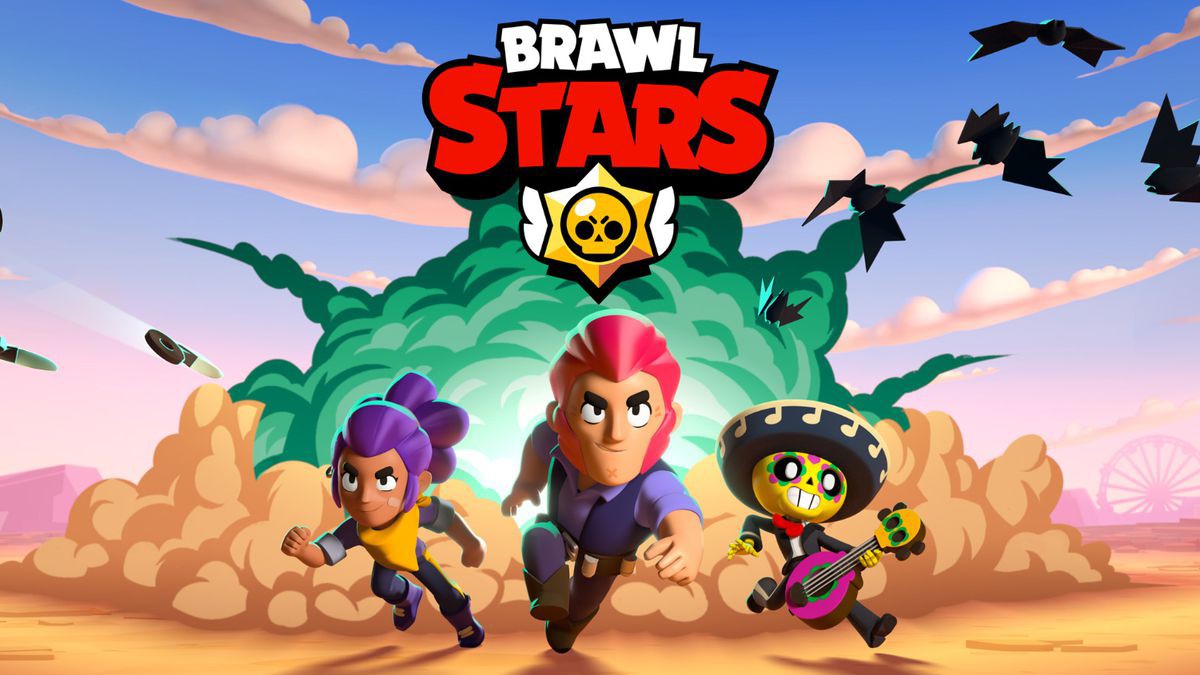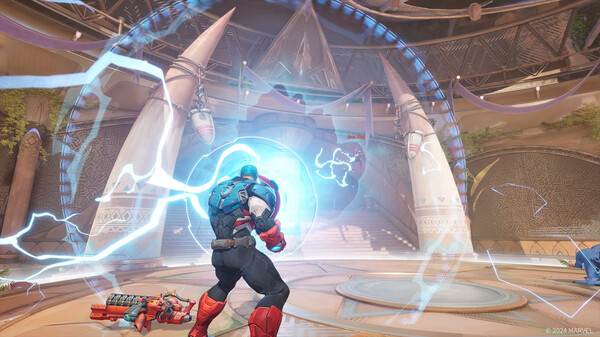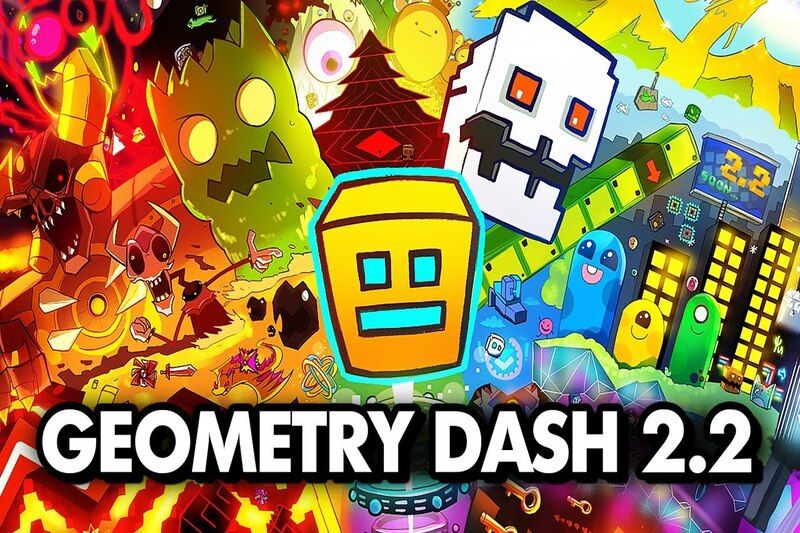Core Keeper: Unearthing a Hidden Gem in the World of Sandbox Adventures
Core Keeper is a 2D sandbox adventure game developed by Pugstorm and published by Fireshine Games. Since its early access launch in 2022, this indie title has captivated players with its pixel-art charm, deep exploration mechanics, satisfying crafting systems, and multiplayer support. Combining the atmospheric exploration of Terraria with the survival mechanics of Don't Starve, Core Keeper offers a refreshing take on the genre. This article will explore the game's development, gameplay features, combat systems, updates, and more to uncover why Core Keeper stands out among modern indie games.
The Origins of Core Keeper: From Early Access to Indie Stardom
Core Keeper was first released on March 8, 2022, in early access on Steam. The game quickly gained traction due to its nostalgic aesthetic, community-driven updates, and genre-blending mechanics. Developed by the Swedish indie studio Pugstorm, the title earned acclaim from both casual and hardcore gamers.
Community-Driven Development
One of the key aspects of Core Keeper’s growth is its transparent and responsive development. The developers frequently engage with their player base, incorporating feedback into updates and roadmap decisions. This approach fosters a loyal community and ensures the game evolves with its audience.
Indie Innovation
While inspired by titles like Minecraft, Stardew Valley, and Terraria, Core Keeper innovates through its underground setting, technology-themed progression, and dynamic boss mechanics. It’s not just a clone—it’s a refined experience built on originality and depth.
The Core Concept: Awakening in a Mysterious Underground World
In Core Keeper, players awaken in an ancient underground world after being pulled toward a mysterious relic. With minimal instructions, players are left to survive, explore, and restore the powerful Core at the center of the cavernous world.
Story and Setting
The game takes place in a procedurally generated cave system filled with biomes, monsters, resources, and ancient technology. The overarching goal is to reactivate the Core by defeating powerful bosses and collecting special artifacts. However, the game’s sandbox nature allows for freedom and exploration at your own pace.
Gameplay Flow
Progression is non-linear, allowing players to choose between farming, combat, mining, or building. This flexibility appeals to both creative builders and challenge-seeking adventurers, ensuring a balanced gameplay loop for all playstyles.
Gameplay Mechanics: Mining, Crafting, and Surviving Below
At its heart, Core Keeper is about gathering resources, crafting tools, and expanding your underground domain. The core gameplay loop rewards exploration, experimentation, and strategic planning.
Mining and Resource Collection
Mining is essential. Players use pickaxes and other tools to dig through walls and gather ores, gems, and materials. The environment is destructible, allowing for tunnels, traps, and hidden paths. Resource scarcity and randomness add to the survival tension.
Crafting and Base Building
Crafting is both intuitive and rewarding. Workbenches allow players to craft items, gear, and machinery. Bases can be customized with walls, lights, furniture, and defense structures. Players often build automated farms, storage rooms, and mob traps for efficiency and style.
Biomes and Exploration: A Diverse and Dangerous World
The world of Core Keeper is divided into multiple biomes, each with unique enemies, resources, and environmental challenges. Exploration is both strategic and rewarding, as players uncover secrets and rare materials.
Biome Variety
Biomes include the slime-filled Dirt Biome, the poisonous Azios’ Wilderness, and the high-tech Sunken Sea. Each offers a distinct visual theme, enemy type, and soundtrack. Navigating the terrain often requires specialized gear or preparation.
Exploration Tools
To aid exploration, players can craft torches, bridges, compasses, boats, and teleporters. Lighting is crucial, as the world is shrouded in darkness. Effective resource management and cautious movement are key to survival in hostile regions.
Combat and Boss Encounters: Tactical and Tense Fights
Combat in Core Keeper is simple but strategic. Melee, ranged, and magical weapons each offer unique combat styles. Armor sets provide buffs, and skill trees enhance player abilities.
Enemies and Threats
Monsters range from slimes and larvae to biome-specific elite mobs. Each enemy has unique attack patterns, encouraging observation and adaptation. Environmental hazards like acid pools and collapsing ground add challenge and depth.
Boss Fights
Core Keeper’s bosses are its standout moments. Massive foes like Glurch the Abominous Mass and Ghorm the Devourer require preparation, arena-building, and teamwork. These fights are cinematic, difficult, and reward players with vital artifacts and progression items.
Multiplayer and Co-Op Features: Dig Together, Survive Together
One of Core Keeper’s best features is its seamless multiplayer integration. The game supports up to eight players in online co-op, with shared progress and synchronized worlds.
Co-Op Gameplay
Multiplayer enhances every aspect of the game. Players can divide tasks—one mining, another farming, while others craft or scout. Group boss fights are especially exciting, with coordination and roles increasing the stakes.
Community Servers and Mods
While mod support is still growing, the community has created custom servers, challenges, and aesthetic mods. Community interaction is further supported through Discord servers and Reddit groups, where players share builds, tips, and patch notes.
Farming, Cooking, and Automation: Life Beneath the Surface
Beyond combat and exploration, Core Keeper allows players to farm crops, raise animals, and cook meals that grant stat boosts. Automation systems enable complex machinery and efficient resource gathering.
Farming Systems
Farming is straightforward. Seeds can be planted on tilled soil and watered to grow into vegetables, herbs, or rare plants. Some crops are biome-specific and require special conditions or fertilizers.
Cooking and Buffs
Cooking adds a strategic layer to survival. Combining ingredients in cooking pots creates meals that offer buffs like increased health regeneration, speed, or mining efficiency. Experimentation is encouraged, with hundreds of possible recipes.
Progression and Skill Trees: Personalizing the Journey
Player progression is handled through use-based skill trees. Every action—mining, crafting, running, combat—contributes experience to a specific skill, which then unlocks passive bonuses.
Skill Categories
The game includes skills for mining, crafting, fishing, running, melee, range, and vitality. Each tree includes multiple tiers and branching upgrades, encouraging specialization or hybrid builds.
Leveling System
There’s no traditional character level. Instead, skill XP is earned through consistent gameplay. This creates a sense of natural progression and rewards dedication to a preferred playstyle.
Updates and Roadmap: Growing with the Community
Pugstorm has maintained a robust update schedule, introducing new content, fixes, and improvements based on community feedback.
Notable Updates
Major updates have added biomes, bosses, fishing mechanics, and UI improvements. Seasonal events introduce time-limited cosmetics and gameplay modes, such as Halloween dungeons or Christmas events.
Roadmap and Future Plans
The developers have shared plans for endgame content, new skill systems, and expanded crafting trees. The game’s early access model ensures players have a voice in shaping future updates.
Visual Style and Soundtrack: Aesthetic and Atmosphere
Core Keeper embraces a pixel-art style that blends retro visuals with modern lighting effects. Its ambient soundtrack and sound design enhance the sense of discovery and immersion.
Graphics and Animation
Despite its 2D look, the game features detailed sprite animations, particle effects, and dynamic lighting. The underground setting benefits from soft glows, shadow play, and environmental transitions.
Sound and Music
The soundtrack shifts dynamically based on biome and threat level. Peaceful melodies accompany farming, while intense drums and synths signal boss fights or dungeon crawling. Sound effects for mining, combat, and crafting are crisp and satisfying.
Pros and Cons of Core Keeper
Pros
-
Engaging sandbox gameplay with combat, crafting, and exploration
-
Co-op multiplayer enhances immersion and strategy
-
Unique underground biomes and visual style
-
Frequent updates and responsive dev team
-
Rewarding progression system via skill trees
Cons
-
Limited narrative depth for story-driven players
-
Early access bugs and balancing issues
-
Repetitive tasks like farming or resource grinding
-
Steep learning curve for new players without guidance
Final Verdict: A Brilliant Indie Sandbox with Immense Potential
Core Keeper stands as one of the most promising indie sandbox titles in recent memory. With its addictive gameplay loop, diverse mechanics, and community-first development, it strikes a balance between creativity, survival, and adventure. While it’s still in early access, the amount of content already available is impressive. Whether you're digging solo or fighting bosses with friends, Core Keeper delivers a deep, polished, and rewarding experience that continues to grow.
Final Rating
-
Gameplay: ★★★★☆ (4.5/5)
-
Visuals and Sound: ★★★★☆ (4/5)
-
Multiplayer and Systems: ★★★★★ (5/5)
-
Replayability: ★★★★☆ (4.5/5)
-
Content and Updates: ★★★★☆ (4.5/5)
Overall Score: 4.6 / 5 — A gem in the making that already shines underground.































